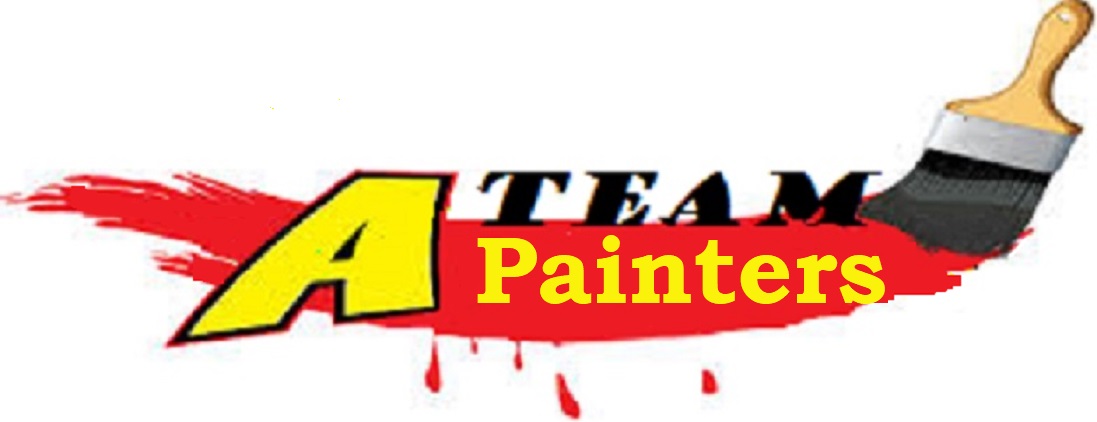Professional Painters Durban

How to Achieve a Textured Finish with Paint
Key Takeaways
Textured paint finishes add depth and character to walls, enhancing the aesthetic appeal of any space.
A Team Painters specializes in delivering high-quality textured finishes, ensuring professional results.
Various techniques like sponging, rag rolling, and stippling can be employed to achieve different textures.
Proper surface preparation and the use of appropriate tools are crucial for a successful textured paint application.
Incorporating primer enhances paint adhesion and longevity, especially on textured surfaces.
Understanding Textured Paint Finishes
Textured paint finishes are a popular choice for adding dimension and visual interest to walls. They can effectively hide imperfections and create a unique ambiance in a room. A Team Painters offers expert services in applying various textured finishes, ensuring a flawless and durable result.
Benefits of Textured Paint
Aesthetic Appeal: Adds depth and character to walls.
Conceals Imperfections: Effectively hides surface flaws.
Durability: Provides a long-lasting finish.
Versatility: Suitable for various interior styles.
Popular Textured Painting Techniques
Sponging
This technique involves using a natural sea sponge to apply glaze over a base coat, creating a soft, textured effect.
Rag Rolling
A rag is rolled over wet glaze to produce a subtle, marbled texture.
Stippling
A stippling brush is used to create small dots or textures, adding depth to the wall surface.
Brushed Suede
This method mimics the appearance of suede fabric, offering a rich, tactile finish.
Essential Tools and Materials
High-Quality Paint: Ensures a smooth application and lasting finish.
Primer: Enhances paint adhesion and durability.
Texturing Tools: Sponges, rags, stippling brushes, etc.
Protective Gear: Gloves, masks, and drop cloths to ensure safety and cleanliness.
Step-by-Step Guide to Achieving a Textured Finish
Surface Preparation: Clean and repair the wall surface to ensure it’s smooth and free of debris.
Apply Primer: Use a suitable primer to enhance paint adhesion.
Base Coat Application: Apply a base coat of paint and allow it to dry completely.
Texturing Technique: Employ your chosen texturing method (sponging, rag rolling, etc.) over the base coat.
Drying Time: Allow the textured paint to dry thoroughly before applying any additional coats or finishes.
Tips for a Successful Textured Paint Application
Test First: Try your chosen technique on a small area to ensure satisfaction with the result.
Consistent Technique: Maintain a consistent application method to achieve a uniform texture.
Quality Materials: Invest in high-quality paints and tools for the best outcome
Professional Assistance: Consider hiring professionals like A Team Painters for complex or large-scale projects.
By following these guidelines and utilizing the expertise of A Team Painters, you can achieve a stunning textured finish that enhances the beauty and character of your space
